Curious about the evolution of prosthetics throughout human history? This article traverses the timeline of prosthetic innovation from wooden toes to advanced bionics. Understand the technology and design behind prosthetics that provide amputees with a new lease on life without delving into unnecessary detail.
Key Takeaways
- Prosthetic technology has seen significant advancements influenced by historical events like wars, which spurred improvements in functionality and design, utilizing materials such as carbon fiber, titanium, and aluminum for better comfort and mobility.
- Contemporary prosthetics have incorporated breakthrough technologies including robotic limbs, 3D printing, and AI-powered control systems, greatly enhancing the adaptability and user-friendliness of these devices for amputees.
- Despite advancements, amputees face challenges such as mobility, emotional impact, and social inclusion; rehabilitation, customization, specialized prosthetics for sports, and support resources are critical to address these issues.
The Evolution of Prosthetic Limbs
The history of prosthetics is as old as civilization itself, with evidence of artificial limbs being used by ancient civilizations. The Ancient Egyptians, known for their medical knowledge, gave us one of the earliest known artificial limbs in the form of a leather and wood toe found on an ancient Egyptian mummy. The Romans weren’t far behind with the ‘Capua leg,’ a prosthetic limb used by a Roman nobleman around 300 B.C, crafted from materials like wood and leather.
Moving to more recent times, wars significantly influenced the progression of prosthetic limbs. Addressing the limb loss of military personnel spurred innovation and development, enhancing the functionality and realism of prosthetic limbs substantially.
Ancient Egyptian prosthetic toe
The ancient Egyptian prosthetic toe, a 3,000-year-old device, is one of the oldest known prosthetic and orthotic devices. Crafted from leather, wood, and cartonnage, these materials were meticulously tailored to replace a missing toe and to provide enhanced mobility.
Roman nobleman’s bronze and wooden leg
The Roman nobleman’s bronze and wooden artificial leg, known as the Capua leg, holds historical significance as one of the earliest known prosthetic limbs. The ‘Capua leg’ was meticulously crafted with a combination of bronze and hollowed-out wood, supported by a leather strap, to replace lost limbs. Despite its rudimentary design, it offered support and mobility to the nobleman, enabling him to engage in daily activities.
Advancements during wartime
Major conflicts such as World War I and II, and the American Civil War, profoundly influenced the progression of prosthetic limbs. The imperative of assisting military personnel with limb loss drove mass production, enhancements in design and fabrication, and a targeted focus on upper limb amputees, effectively shaping the course of prosthetic technology.
Modern Prosthetic Materials and Design
As technology advanced, so did the materials and designs utilized in prosthetics. Contemporary prosthetics incorporate materials such as:
- Carbon fiber
- Titanium
- Aluminum
- Silicone
These materials enhance fit, comfort, and durability, contributing to the enhancement of the user experience of prosthetic limbs. They provide a comfortable and customized fit, reducing pressure on limb tissues and improving sensory feedback and circulation.
Carbon fiber prosthetic limbs
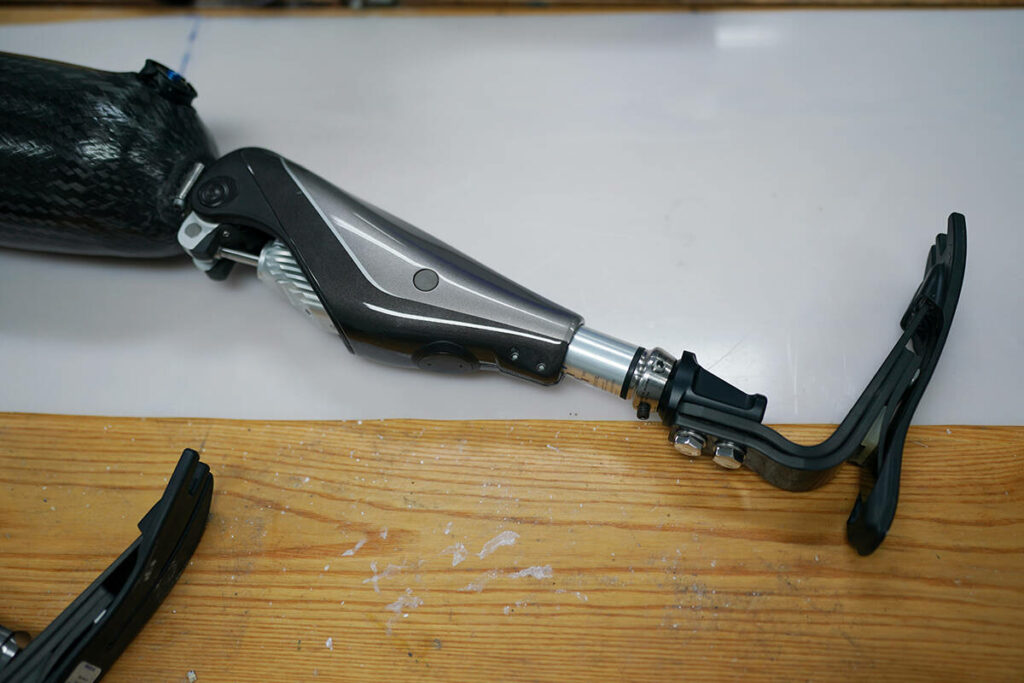
Carbon fiber, a durable and lightweight material, is particularly beneficial for prosthetic limbs as it aids in movement. The construction of carbon fiber prosthetic limbs involves the use of carbon fiber reinforced polymer (CFRP) composite laminate, which results in a prosthetic that possesses strength and lightweight properties.
Titanium and aluminum components
Titanium and aluminum are favored materials in the production of prosthetics due to their lightweight nature, durability, and compatibility with the human body. Titanium is utilized in prosthetic limbs to facilitate osseointegration, involving the insertion of a tailored titanium implant into the bone of the residual limb.
Silicone sockets for better fit and comfort
Silicone sockets contribute to the enhancement of the user experience of prosthetic limbs by providing a comfortable and customized fit. Some benefits of silicone sockets include:
- Superior heat dissipation
- Improved mobility
- Easier donning and doffing processes
- Enhanced comfort on the user’s skin compared to other materials used in prosthetic sockets.
Breakthroughs in Prosthetic Technology
The advancements in prosthetic technology have been nothing short of revolutionary. From robotic prosthetic limbs to 3D-printed prosthetic devices and AI-powered prosthetic control systems, these breakthroughs have improved the functionality of prosthetics and made them more user-friendly.
Robotic prosthetic limbs
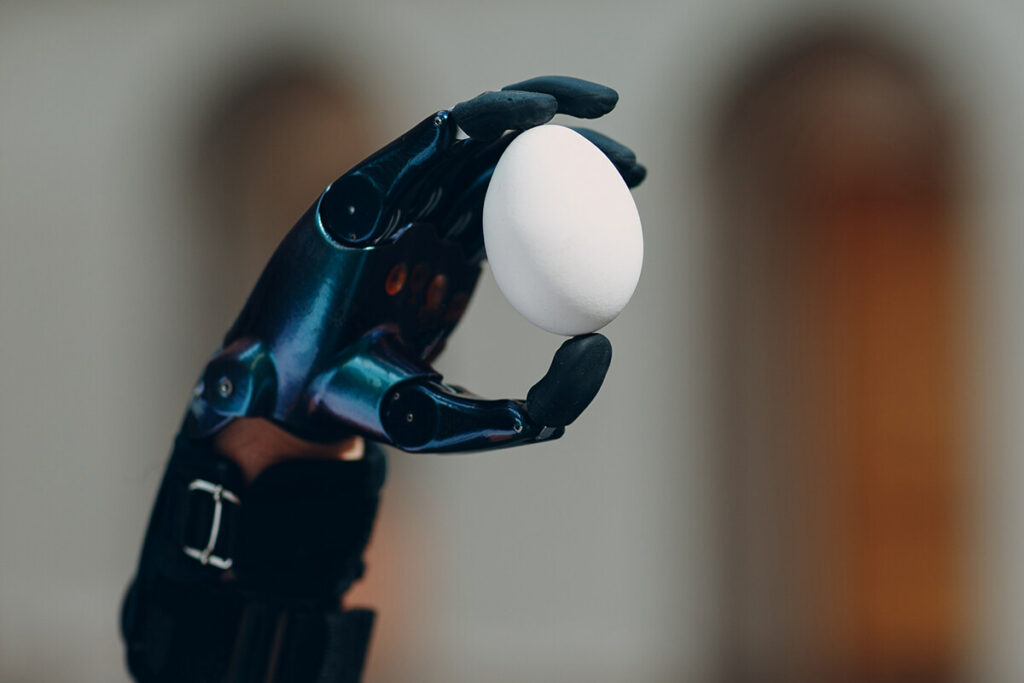
Robotic prosthetic limbs have brought about a significant change in the field of prosthetics. These advanced prosthetics use microprocessors to detect electromyographic (EMG) signals from nerve endings and facilitate muscle contractions. These prosthetics have increased the independence of amputees, enabling them to:
- Handle more tasks and activities in their daily lives
- Perform fine motor skills such as writing and typing
- Participate in sports and recreational activities
- Walk and run with a more natural gait
- Improve their overall quality of life
3D-printed prosthetic devices
3D-printed prosthetics have gained significant traction in the field of medical prostheses. The process of creating a 3D-printed prosthetic device involves taking an impression or ‘cast’ of the residual limb, which is then used to design and create an exact copy of the limb using a 3D printer.
These techniques have enabled a wide range of activities for those with an amputated limb, including playing basketball, rowing, or playing a musical instrument.
AI-powered prosthetic control systems
Artificial Intelligence (AI) is significantly impacting prosthetic control systems by allowing amputees to control prosthetic upper limbs, such as a prosthetic arm, through their thoughts, decipher actual motor intent, and improve functionality. This technology has been transformative, offering benefits such as enhanced signal decoding, more natural control, higher efficiency, improved comfort, and more realistic movements.
The Importance of Rehabilitation Medicine
Rehabilitation medicine plays a pivotal role in the lives of amputees. It involves a range of therapies and practices that help amputees to adapt to their prosthetic limbs and live a normal life. From physical therapy to occupational therapy and pain management, each aspect plays a significant role in the overall recovery process of an amputee.
Physical therapy for amputees
Physical therapy significantly helps amputees adjust to using prosthetic limbs. It involves providing strengthening exercises, gait and balance training, and guidance in achieving successful ambulation with prostheses.
The standard physical therapy regimen for amputees typically spans at least six months, helping them adjust to their new prosthetic limbs.
Occupational therapy and prosthetic training
Complementing physical therapy, occupational therapy concentrates on instructing patients on the effective use of their new limb via controls training, repetitive drills, and the development of functional skills. It plays a crucial role in aiding individuals to adapt to life without a limb, regain function, and attain independence.
Pain management for phantom limb pain
Phantom limb pain is a common occurrence following amputation surgery and requires effective management to alleviate its impact on amputees. This can be achieved through the administration of medications.
In addition to this, non-pharmacological approaches like acupuncture, massage, and repositioning of the residual limb are implemented to alleviate the pain.
Challenges Faced by People with Limb Loss
Even with the progression in prosthetic technology and rehabilitation medicine, individuals with limb loss continue to encounter substantial challenges in their day-to-day lives. These challenges range from mobility and daily tasks to emotional well-being and social inclusion, despite the availability of advanced limb prostheses.
It is important to understand these challenges to provide better care and support for these individuals.
Mobility and daily tasks
Individuals with lower limb amputation and other forms of limb loss often encounter difficulties in performing daily activities such as:
- bathing or taking a shower
- dressing
- mobility
- walking
However, they can utilize home adaptations and specialized devices to aid them in performing daily tasks.
Emotional impact of limb loss
Limb loss can lead to a variety of emotional consequences, including:
- Despair
- Depression
- Nervousness
- Anxiety
- Loss of self-esteem
- Stigma
- Isolation
These emotional effects can be mitigated with proper psychological support and counseling.
Social inclusion and support resources
Living with limb loss can also have profound social effects, and the availability of support resources is crucial in helping individuals with limb loss to cope and lead a normal life. Some of these resources include:
- Amputee Coalition
- 360 O&P
- Achilles Track Club
- Adaptive Adventures
- Amplitude Magazine’s amputee resource directory
Customization of Prosthetic Devices
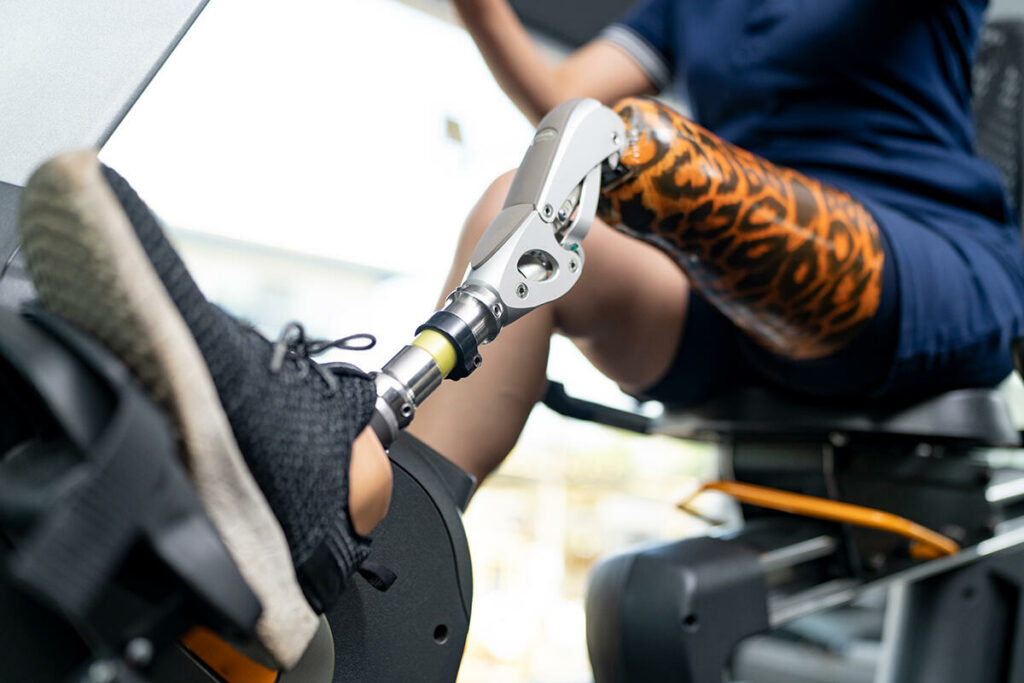
Customizing prosthetic devices is vital to ensure their usability and effectiveness. The process involves measuring and fitting residual limbs, personalizing appearance, and adjusting for optimal functionality.
Measuring and fitting residual limbs
In the customization process, measuring and fitting residual limbs for prosthetic devices is a critical step. It involves obtaining an impression of the residual limb using plaster bandages or digital imaging techniques.
A precise mold of the limb, including the knee joint, is then created for crafting the personalized prosthetic limb, ensuring an optimal fit for the individual.
Personalizing prosthetic appearance
Personalizing the appearance of prosthetic limbs is an important aspect of the customization process. It can be achieved by:
- Applying a foam cover and shaping it to match the real limb
- Using flexible skin-like coverings
- Creating custom designs with synthetic materials
- Painting a clear silicone glove to match the individual’s skin tone.
Adjusting for optimal functionality
In the customization process, adjusting prosthetic limbs for optimal functionality is pivotal. It involves making manual adjustments like:
- adding or removing padding in the socket
- refining the alignment of the prosthesis for enhanced stability and mobility
- mastering weight distribution between the non-prosthetic and prosthetic side
Specialized Prosthetic Legs for Sports and Activities
Beyond general-use prosthetics, specialized prosthetic legs, including leg prosthesis for sports and activities, also exist. These include running blades, swimming prosthetics, and limbs designed for climbing, all tailored to the specific needs of a prosthetic leg user.
Running blades
Running blades offer several advantages for athletes with lower limb loss, including:
- Increased speed
- Enhanced comfort
- Ability to engage in sports
These blades are crafted from lightweight and durable materials, primarily carbon fiber.
Swimming prosthetics
Swimming prosthetics serve the specific function of being used in water and are distinct from regular prosthetics due to their:
- Splash and water proof
- Ability to endure water exposure without sustaining damage
- Features to facilitate rotation for optimizing different swimming strokes and styles
- Adjustable plantar flexion to enhance performance.
Prosthetic limbs for climbing
Prosthetic limbs for climbing are designed to offer secure attachment, sleek and robust design, and advanced control and loading capabilities to facilitate the climber’s weight and movements. These prosthetics are often influenced by the characteristics of goats’ hooves in conjunction with human movement, leading to customized and inventive designs tailored for climbing pursuits.
The Cost and Accessibility of Prosthetic Devices
The cost and accessibility of prosthetic devices significantly influence their usage. The high cost of advanced prosthetic limbs and varying insurance coverage can impact accessibility. However, initiatives are in place to provide affordable prosthetics in developing countries.
High cost of advanced prosthetic limbs
Advanced prosthetic limbs can range from $5,000 to $100,000, based on the level of complexity and technology incorporated. The high cost is primarily due to the need for highly individualized care and the expense of replacement parts.
Insurance coverage for prosthetic devices
Insurance policies for prosthetic coverage in the United States typically include Medicaid and Medicare. These programs generally provide some form of coverage for prosthetic devices, but the specifics of the coverage may vary depending on policy details and medical necessity.
Summary
The world of prosthetics has come a long way, from ancient wooden toes and bronze legs to modern carbon fiber limbs and AI-powered control systems. Despite the significant advancements, people with limb loss still face challenges in their daily lives, ranging from mobility and daily tasks to emotional well-being and social inclusion. This emphasizes the importance of rehabilitation medicine and support resources in helping them adapt to their new limbs and live a normal life. The customization of prosthetic devices is crucial, with measures to ensure optimal functionality and comfort for the user. Specialized prosthetic legs for sports and activities have also emerged, further enhancing the mobility and lifestyle of individuals with limb loss. However, the high cost of advanced prosthetics and varying insurance coverage remain significant barriers for many individuals. Despite these challenges, the field of prosthetics continues to evolve, and with ongoing research and development, we can look forward to a future where prosthetics are more accessible and functional, further improving the lives of individuals with limb loss.
Frequently Asked Questions
What are some interesting facts about prosthetics?
Prosthetics are custom-made to fit each individual’s unique body shape and size, and are typically constructed with lightweight materials like carbon fiber, aluminum, and titanium. Additionally, the history of prosthetics dates back to ancient Egypt, where wooden and metal prosthetics were used to replace missing limbs.
How long do prosthetics last?
Prosthetics can last anywhere from a few months to a few years, with an average lifespan of around three years. The durability depends on individual factors.
What are the benefits of prosthetics?
Prosthetic legs can help people with leg amputations move more easily by mimicking the function and appearance of a real leg. Some users may still require a mobility aid, while others can walk without assistance.
What are some of the earliest known artificial limbs?
Some of the earliest known artificial limbs include a leather and wood toe found on an ancient Egyptian mummy and the ‘Capua leg,’ a prosthetic limb utilized by a Roman nobleman around 300 B.C. These advancements indicate the early ingenuity in creating functional prosthetics.



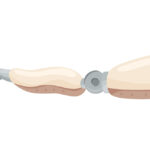

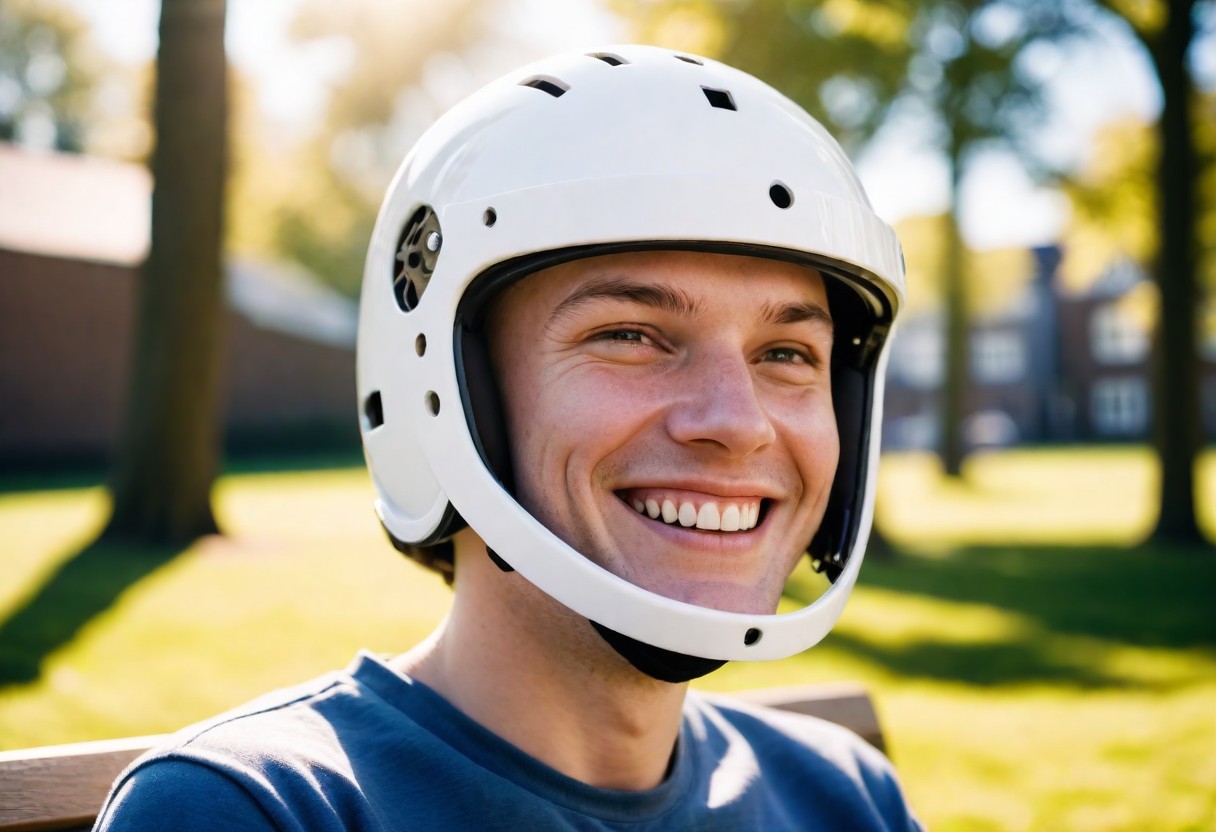
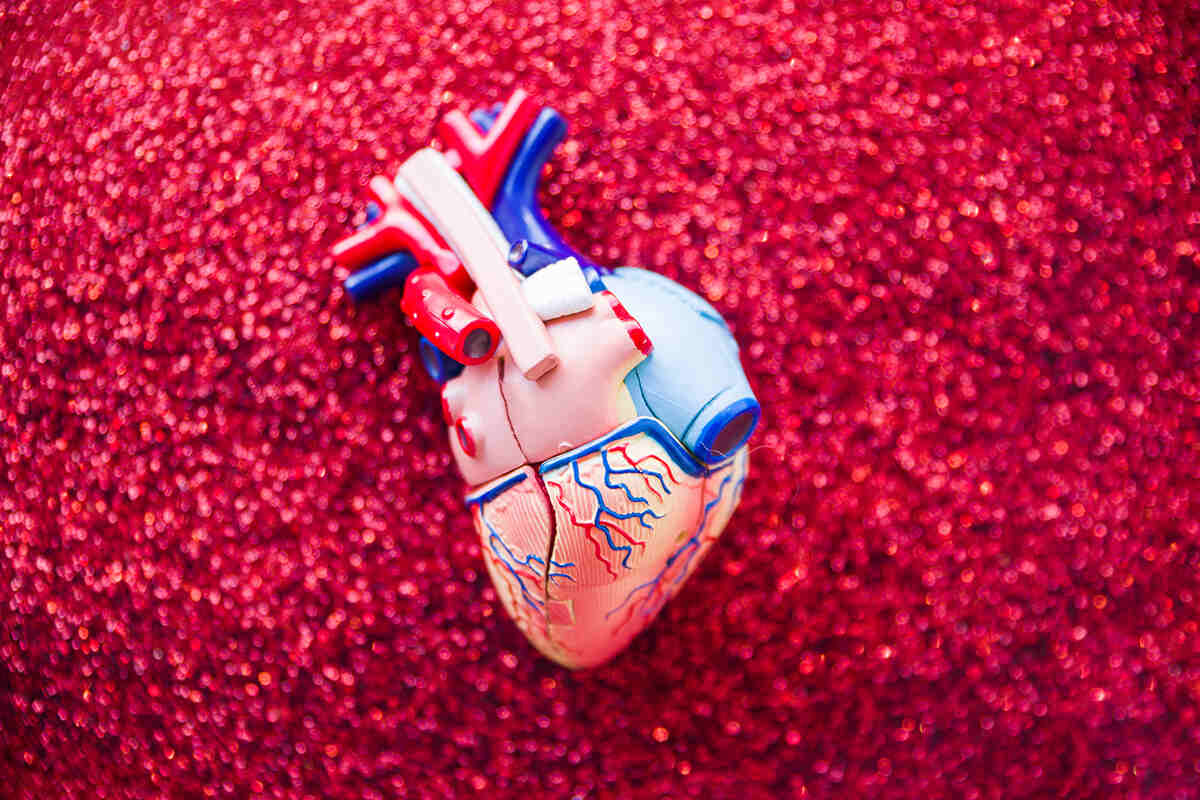
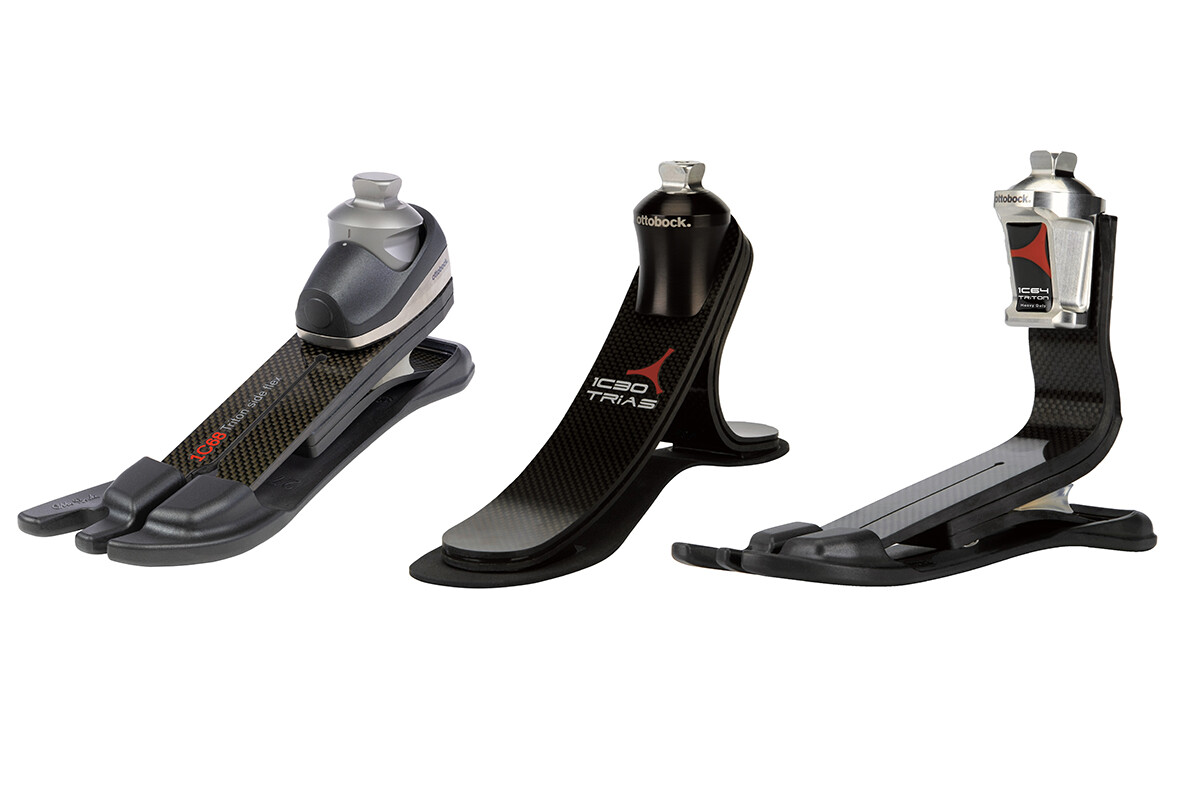
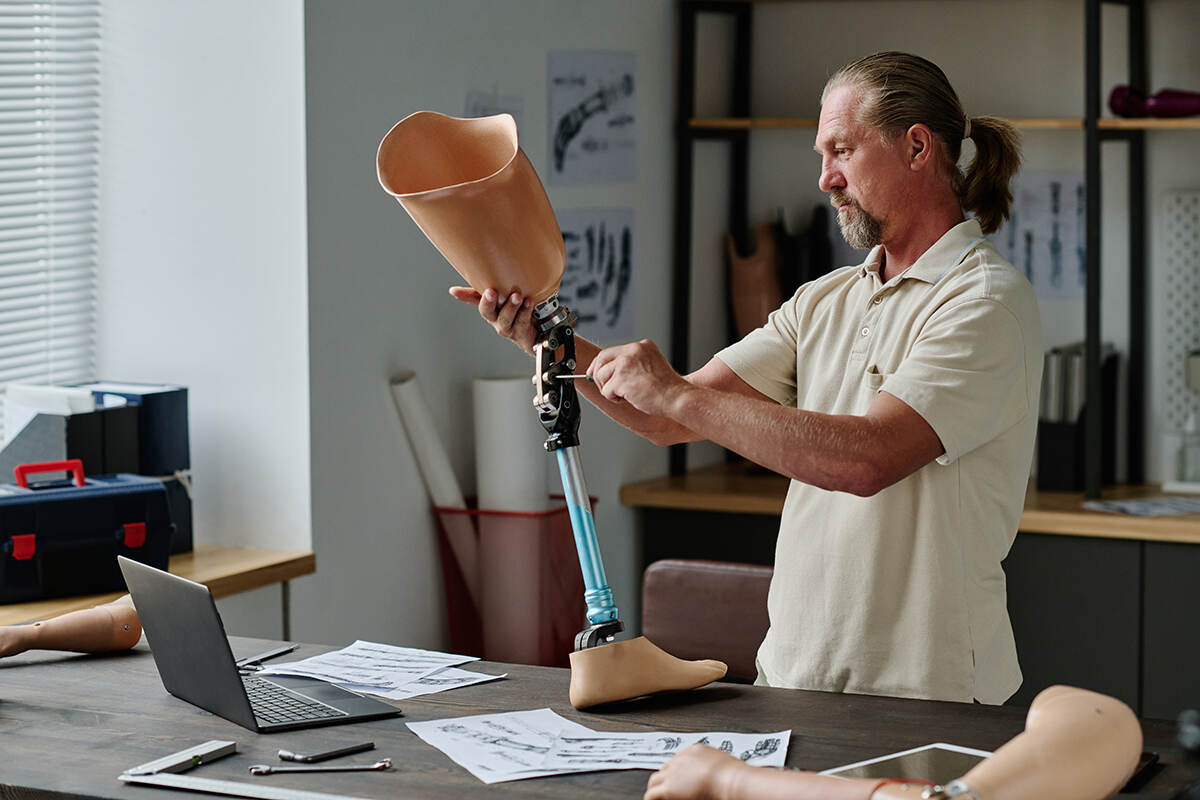
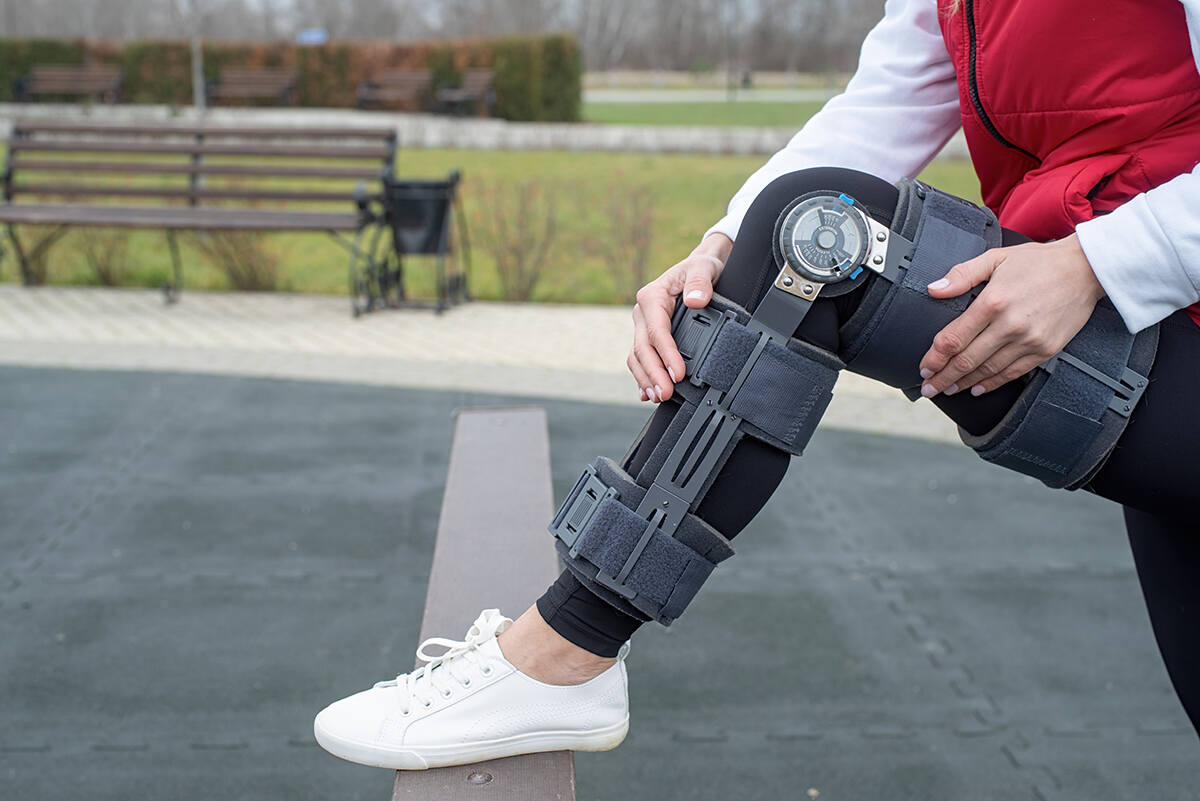
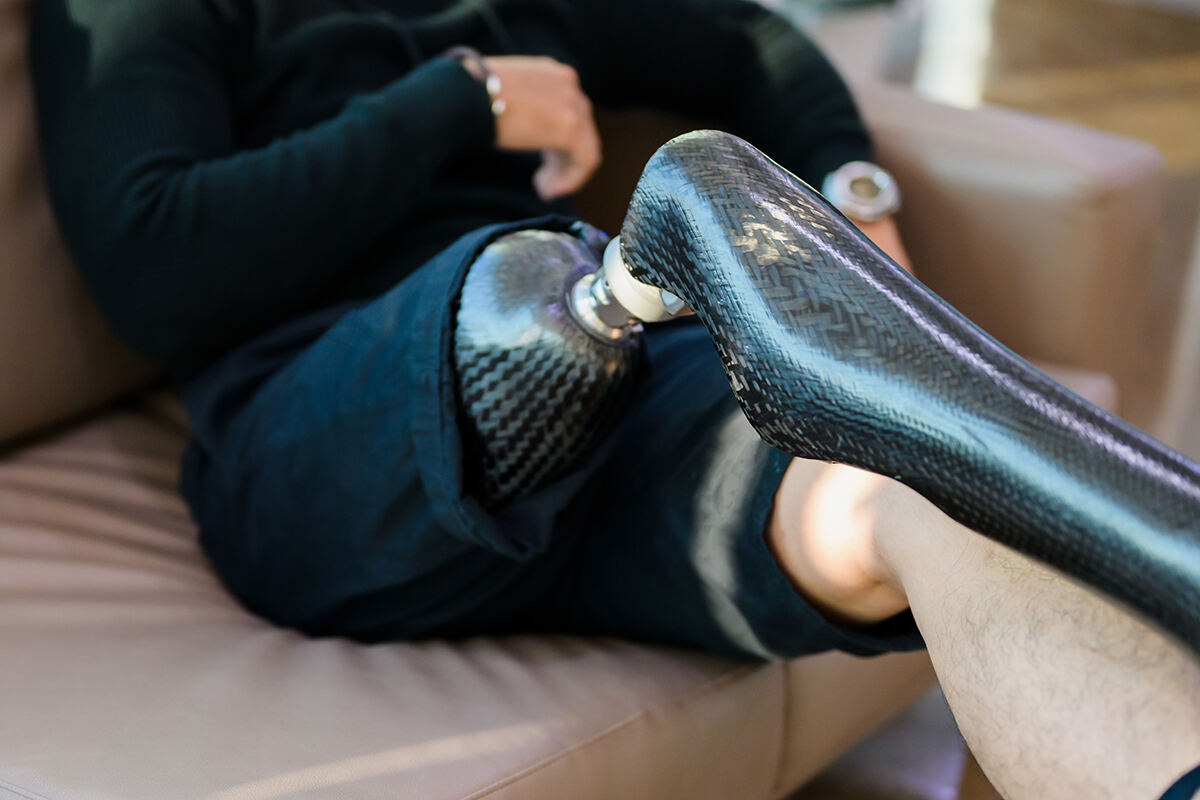
Leave a Reply
You must be logged in to post a comment.